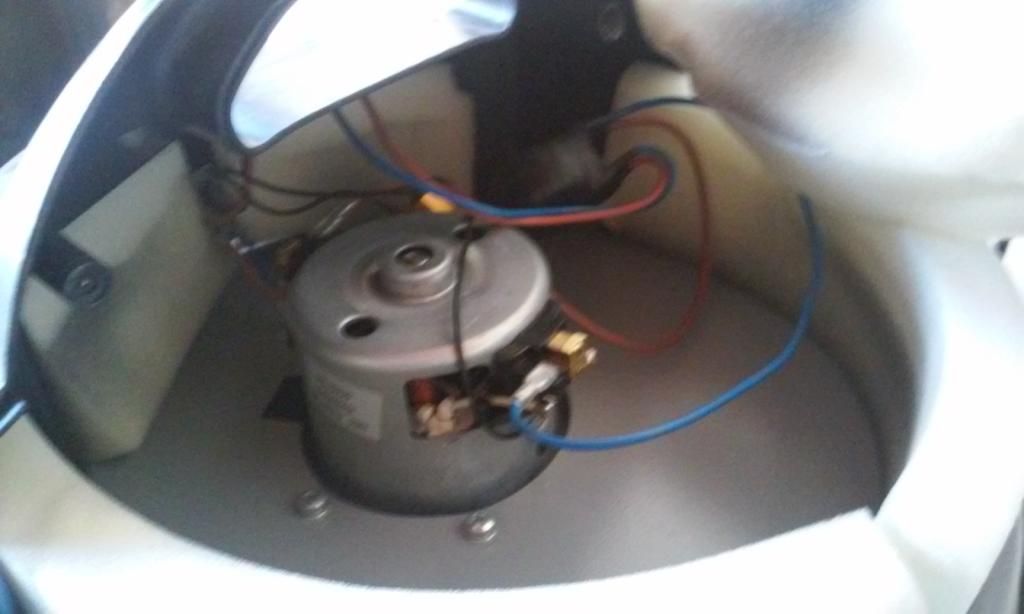You could certainly place a digital thermometer probe inside the enclosure to allow you to monitor the temperature.
Now I'm out of hospital it's much easier for me to find some links. Here's a video/article on Finewoodworking:
http://www.finewoodworking.com/workshop/video/build-a-simple-box-to-muffle-your-shop-vac.aspx
http://www.startwoodworking.com/post/how-silence-your-shop-vac
A guy that made his own design based on this article:
Part one:
https://www.youtube.com/watch?v=NKkbq1fcKz4
Part two:
https://www.youtube.com/watch?v=JjqXeAhCp3o
Part three:
https://www.youtube.com/watch?v=B8Z7NYBKMTE
He doesn't use any absorption material and just relies on the MDF.
This guy's one is better IMO:
https://www.youtube.com/watch?v=Bd2nhNf9Tp8
And possibly the best design of all, though maybe not the best executed:
http://www.instructables.com/id/Dust-Sniper-quiet-extractor-system/?ALLSTEPS
The biggest thing I dislike about most of these is the exhaust design. I plan to directly port my exhaust from the vacuum unit with a pipe through some baffles and then to the outside world. This way I ensure that the majority of the heat is carried away from the vacuum's enclosure. Their designs allow the heat from the exhaust (which on my shop vac is almost all dissipated heat, the cooling really is effective) to stagnate in the enclosure. It does however make good use of the absorptive materials inside the main enclosure.
I think my design may end up being overkill and relatively expensive, though I will predominantly be using stock I already have (and I love this kind of thing). I'd love to build a box-within-a-box where the inside box is lined with foam, then suspended with bungee cord from the outer box (decoupling the two boxes and also absorbing some energy through suspension) and then lining the outer box with rigid rockwool. The box may be large and rather heavy, but the intention is that I only end up hearing the suck of the air going into the pipe







